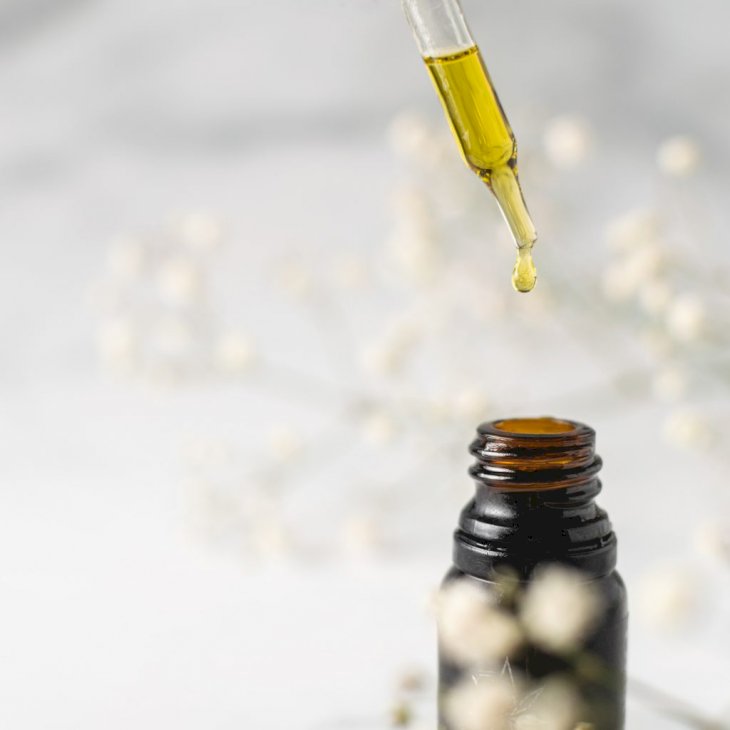
Exploring The Inversion Method For Hair Growth
There's always one thing or another getting hyped for its miraculous (primarily unrealistic), overnight results regarding hair growth hacks.
Among the new and new hip hair growth hacks is the inversion method. People on social media have praised this technique for rapid results, but that's a song we've all heard before, isn't it?
Even if the inversion method isn't for you but you're the experimental type, there are several other hair growth hype trains to hop on for the curious. However, if you're curious about the buzzy hair growth technique flooding YouTube, here's a look into the inversion method.
What Is the Inversion Method?

Photo by Olena Sergienko on Unsplash
The inversion method for hair growth is based on the idea that increased blood flow to the scalp stimulates the hair follicle, which will promote hair growth. The technique requires that one hangs with their head upside down.
Typically, the popular inversion technique involves massaging the scalp while upside down, either at the edge of the bed or doing a handstand.

Photo by CRYSTALWEED cannabis on Unsplash
Essential oils and carrier oil often used to massage the scalp include peppermint, lavender, coconut, jojoba oil, or Jamaican Black Castor Oil and staying inverted for four minutes daily.
Safety

Shutterstock
A precaution to take whenever you want to use essential oils for hair care is to dilute it in a carrier oil as the potent oil can irritate the scalp.
Furthermore, while the inversion method is deemed safe, it isn't recommended if you're pregnant or have underlying conditions like blood pressure, heart disease, vertigo, spinal injury, and hernia as per "Healthline."

Shutterstock
Provided you have no condition that might make this method ill-suited for you, other possible side effects from the inversion method include temporary dizziness, mainly if you lift your head quickly. Also, you might cause some strain on your back and neck.
Takeaway

Photo by Adrian Fernández on Unsplash
The research on the inversion method may be thin, but the use of certain hair growth-promoting oils and massaging your scalp are commonly accepted ways to promote hair growth. So the technique, also considering some of the anecdotal accounts from social media, does show merit in that regard.
Even if the inversion method isn't all, it's hyped to be; at the very least, you'll get a good, soothing scalp massage out of it, which might make it worth it. However, if you feel discomfort or pain from this method, it might not be for you.